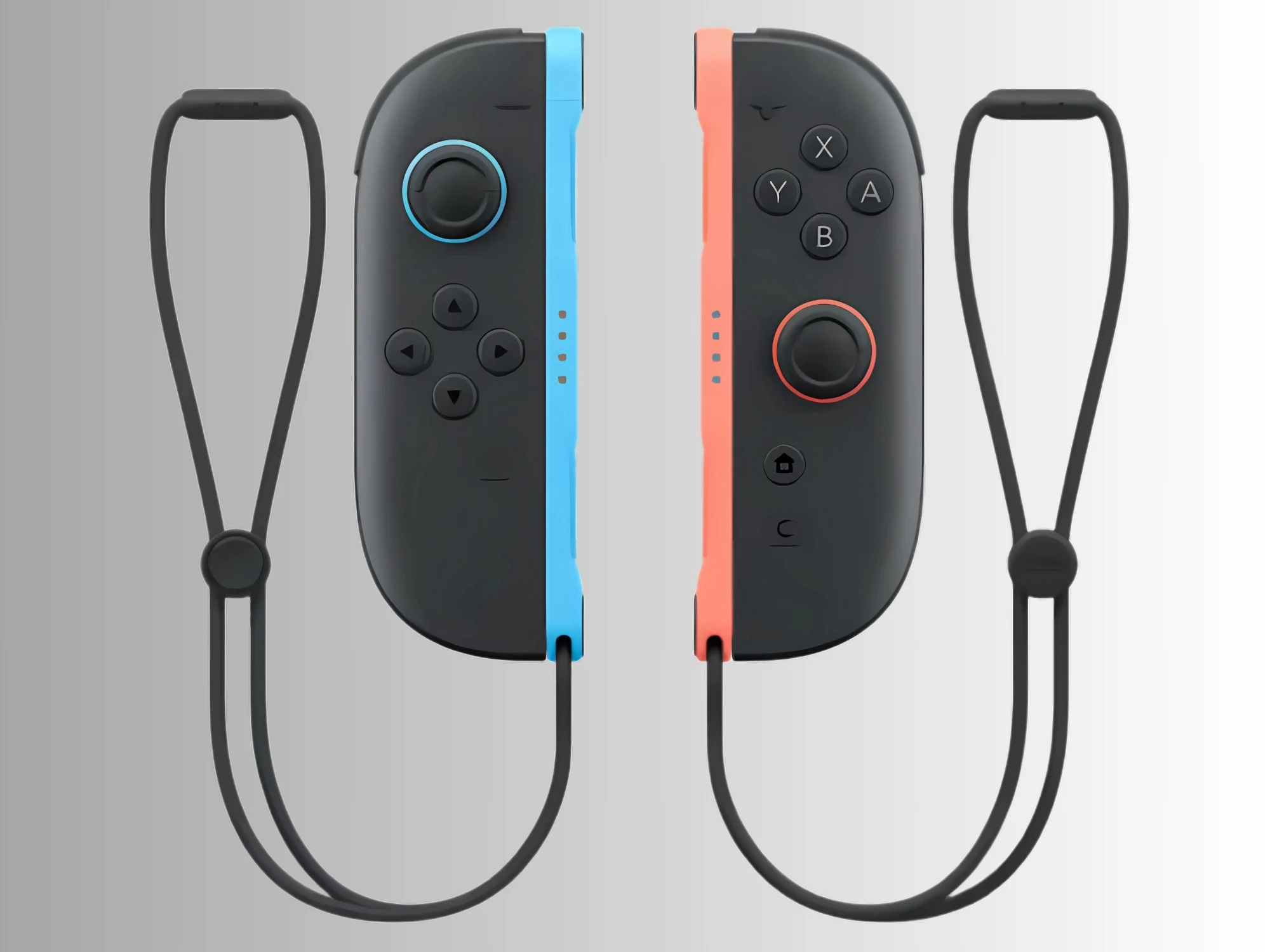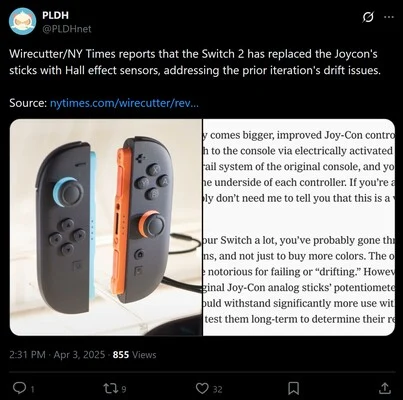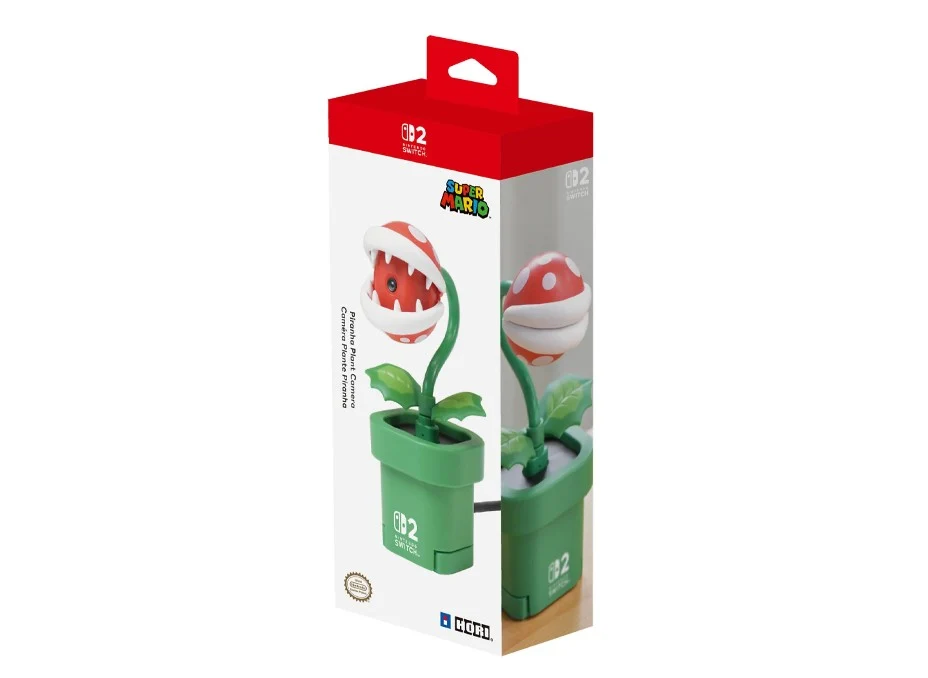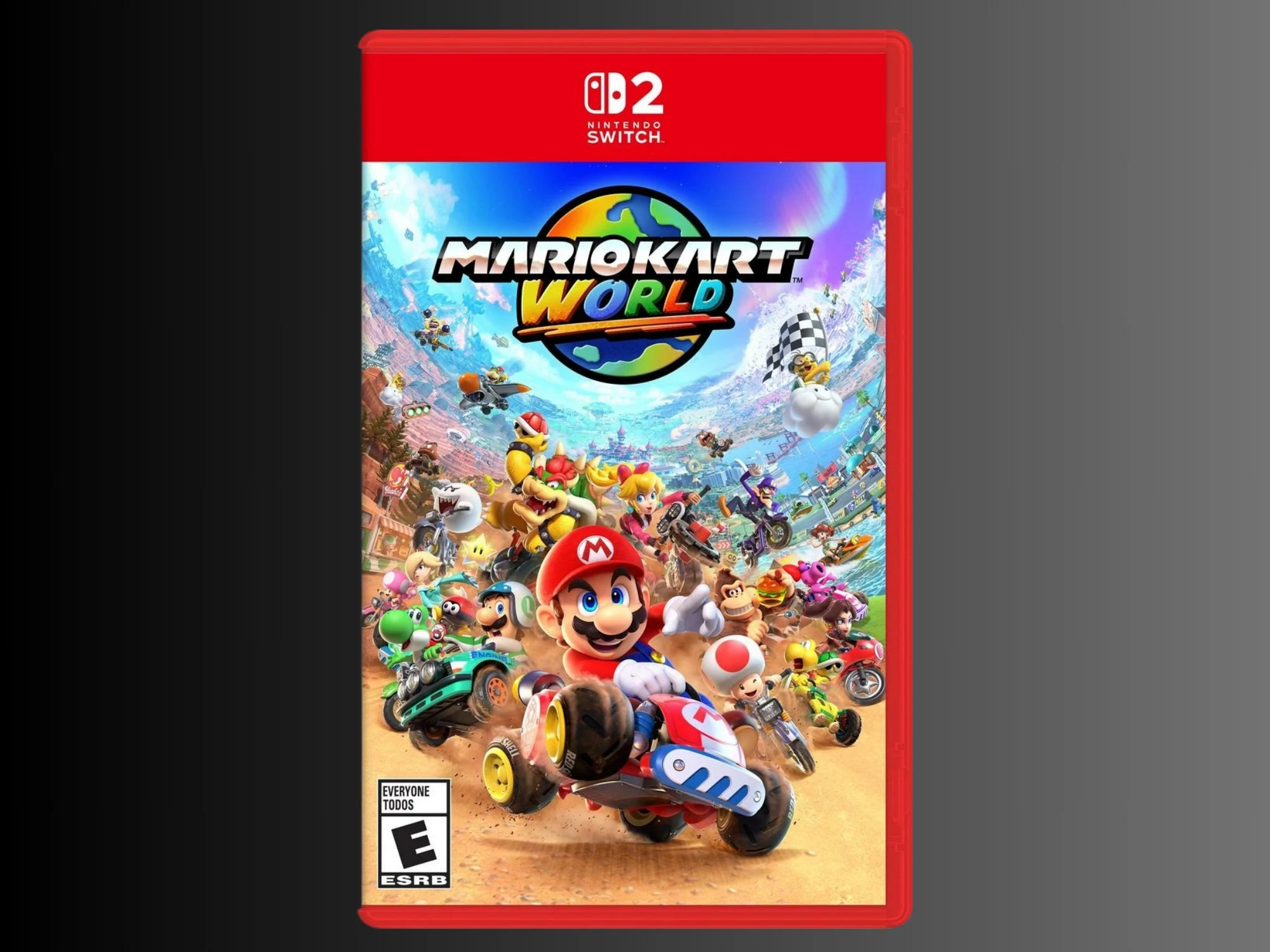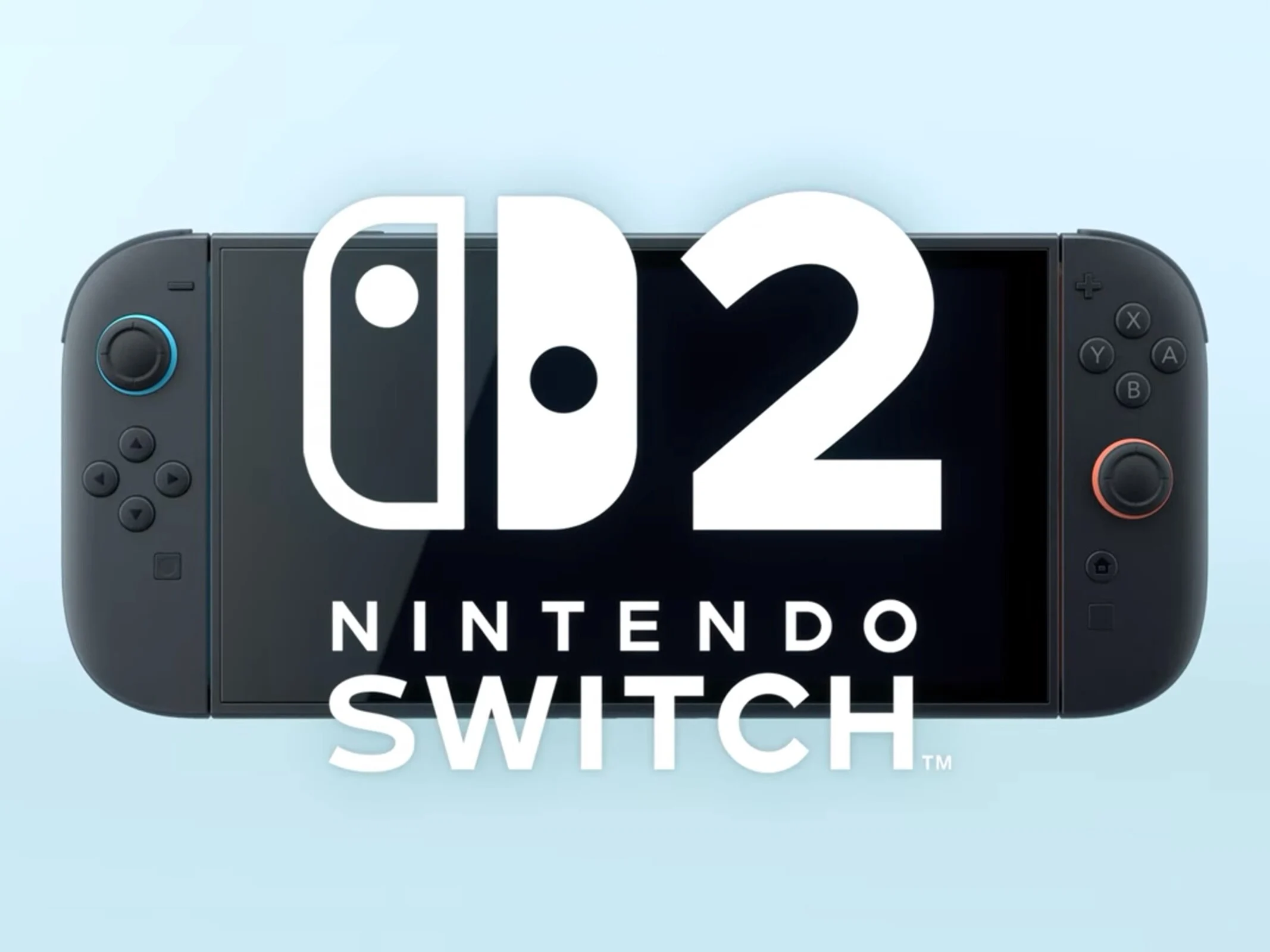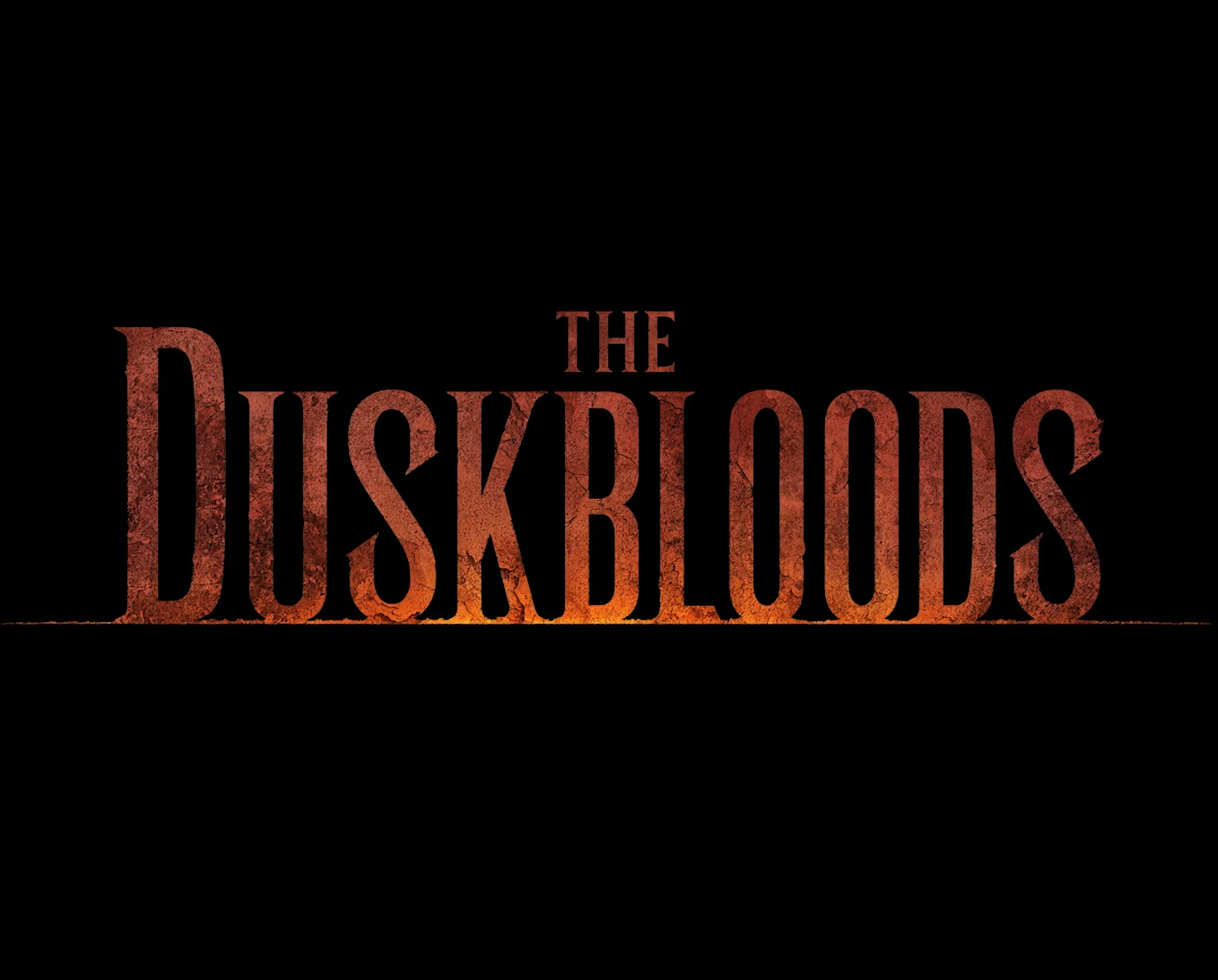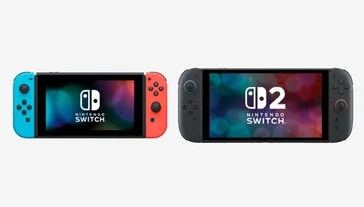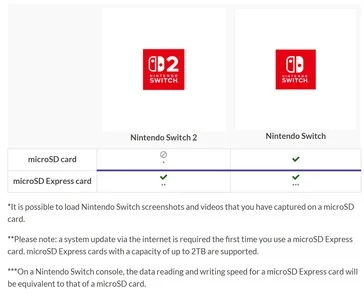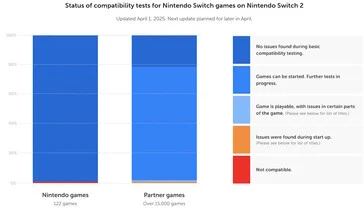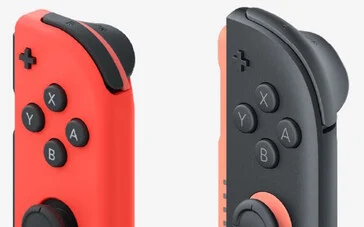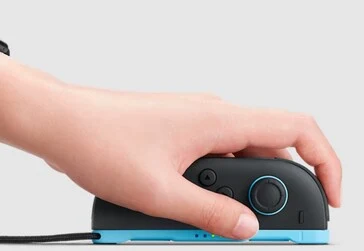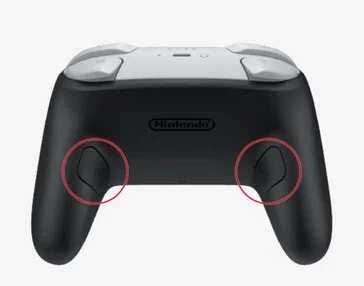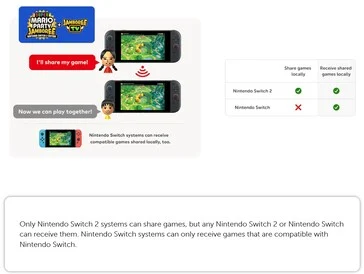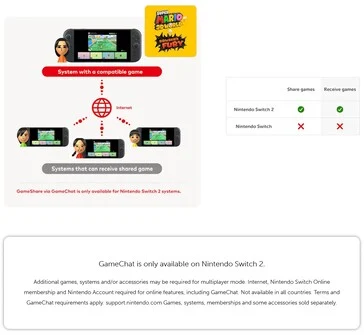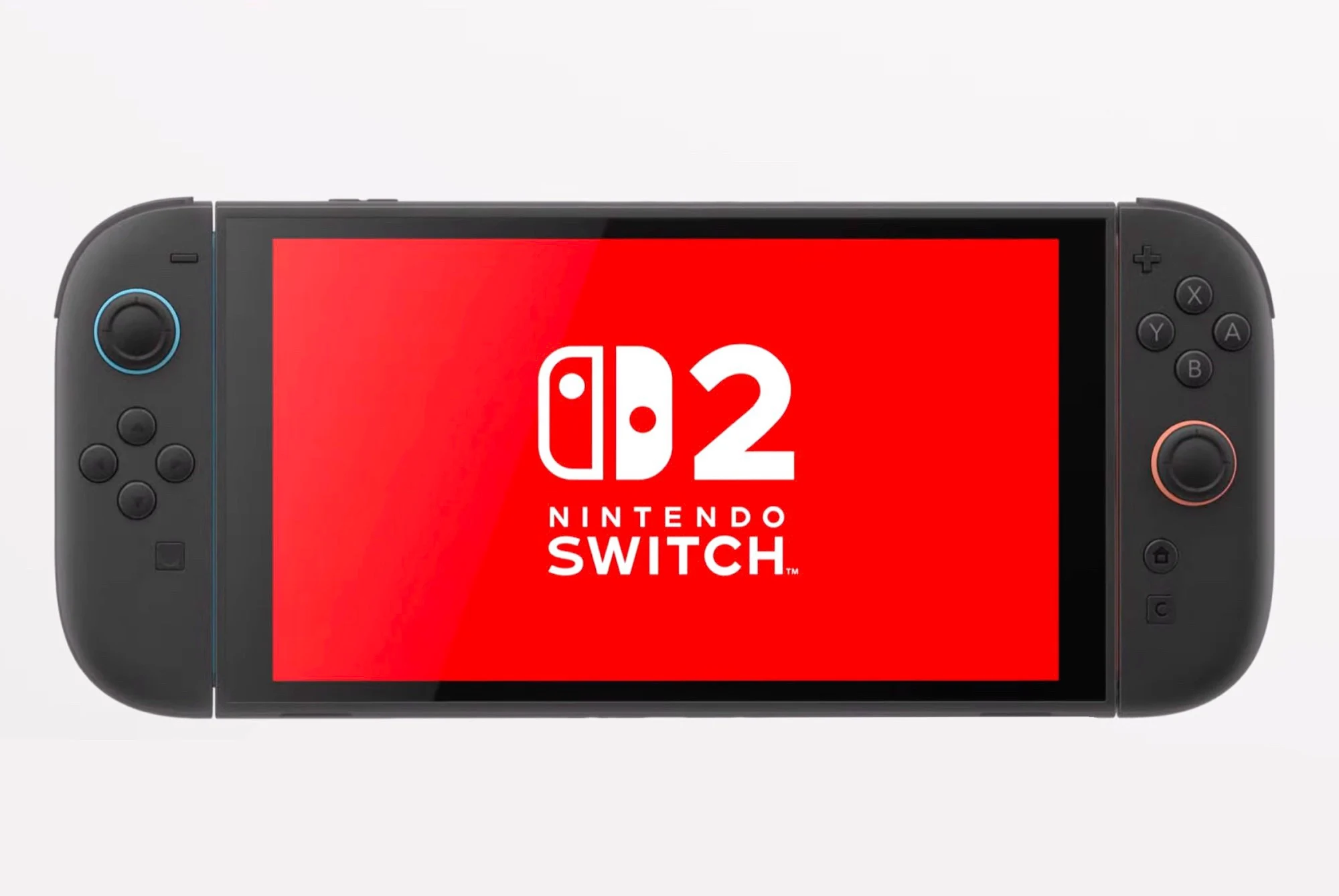Key Takeaways
1. Upgraded Hardware: The Switch 2 features enhanced hardware, including 256 GB of internal storage and faster microSD Express card support, aiming to satisfy developers and gamers alike.
2. Improved Display and Performance: The device includes a larger 7.9-inch, 1080p LCD display that can operate at 120 fps, providing a smoother gaming experience for various users.
3. Enhanced Joy-Con 2 Controllers: The new Joy-Con 2 controllers boast improved rumble motors, durable analog sticks, and magnetic attachment, offering better comfort and functionality, including mouse-like capabilities.
4. New Communication Features: The Switch 2 introduces GameChat for voice communication and an optional external camera for video chats, enhancing social interaction during gameplay.
5. Backward Compatibility Solutions: The Switch 2 employs dynamic recompilation to achieve backward compatibility with Switch 1 games, allowing for improved performance and the potential for enhanced resolutions and frame rates.
Nintendo has shared important insights regarding the design choices and considerations for the Switch 2 in an interview with leading developers featured in the 16th edition of Ask the Developer.
Key Development Team
The article consists of interviews with Producer Kouichi Kawamoto from the Entertainment Planning & Development Department, Director Takuhiro Dohta, and Technical Director Tetsuya Sasaki from the Technology Development Division. These three began their work on the Switch 2 project around 2019, with research and development already in progress.
Upgraded Hardware for Gamers
The team meticulously considered what game developers aimed to accomplish with the original Switch but could not, leading to enhancements in the Switch 2. This upgrade includes hardware that they believe will satisfy software developers throughout the console’s lifespan, as the first Switch was launched in 2017. Their initial aim was to provide early prototypes during development for game programmers to start working on.
Nintendo has always prioritized system memory, so the internal storage has been boosted to 256 GB, with quicker read/write speeds. Additionally, the card expansion slot now requires a faster microSD Express card, utilizing a PCIe Gen 3-NVMe interface for read/write speeds that typically surpass 400 MB/s.
Enhanced Gaming Experience
This results in a handheld device that caters to a diverse array of gamers, as both the games and the eShop function more smoothly on the larger 7.9-inch, 1080p LCD display that operates at 120 fps. Interestingly, during the Switch 2’s development, there was a discussion about eliminating the touchscreen feature due to its perceived unnecessity in TV mode. However, this idea was ultimately dismissed, as Iwata believed that some games would still benefit from it.
The Joy-Con 2 controllers have been improved with more powerful rumble motors, larger, more durable analog sticks, and extended shoulder buttons. These modifications enhance the comfort for players with both big and small hands. Now, the controllers attach magnetically to the Switch 2 and can be released with a button press.
Innovative Features for Joy-Con 2
The Joy-Con 2 can also function like a computer mouse when used with the Switch 2. This concept had been on the mind of the Technology Development team for a while, and Kawamoto discovered this when he pitched the same idea.
The Switch 2 Pro Controller has been redesigned with “seamless grips” that resemble those of the GameCube controller, allowing more space for the fingers and a better feel. Two new customizable buttons, GL and GR, have been added to the back of the grips, while the joysticks are now smoother and quieter than they were.
New Communication Options
Players can now communicate using the new GameChat feature, which is activated by pressing the newly added C button on the Switch 2 Pro controller. An optional external camera can enable video chats as well.
Voices are captured through the microphone positioned at the upper edge of the Switch 2, and players also have the option to use a headset via the audio jack in the Pro controller. A powerful audio processing chip minimizes background noise, ensuring clear communication even when a vacuum cleaner is running nearby.
Backward Compatibility Challenges
Achieving backward compatibility was more difficult, as the Switch 2 does not share any hardware components with the Switch 1, unlike the DS/3DS or Wii/Wii U. This limitation forced designers to decide between fully emulating the Switch 1 through software or employing dynamic recompilation to convert its code into Switch 2 code in real-time, with the latter option ultimately chosen.
The main advantage of this method is prolonged runtime. However, to counterbalance the higher power demands of the enhanced hardware, the Switch 2 had to be equipped with a battery 1.2 times larger than that of its predecessor.
Compatibility Testing and Improvements
The company assessed over 10,000 Switch 1 games to identify any compatibility issues and potential fixes, discovering that the Switch 2 boasts high compatibility. The faster hardware might even enhance older games by allowing them to run at higher resolutions and frame rates, and Nintendo is contemplating updates for older titles with these improvements.
You can find a list of compatible and incompatible games here, and game compatibility is expected to improve as Nintendo addresses emulation challenges.
Data Transfer and New Features
Nintendo plans to enable Switch 2 owners to log in with their Nintendo Accounts to transfer data from their original Switch units. Furthermore, games can be rapidly swapped between older and newer Switch devices using the Virtual Game Card feature, similar to swapping physical game cartridges.
The GameShare feature lets users stream and share parts of a game between several Switch 1 and Switch 2 consoles, although at a reduced image quality. This feature works with locally connected consoles or through GameChat with Switch 2 units.
Final Thoughts on the Switch 2
Despite the team facing difficulties in deciding on a name for their new console, they ultimately chose Switch 2, as it is a fitting sequel to the original console, with backward compatibility being a key factor. The Super NES lacked backward compatibility, making the naming of that console sensible.
Interested readers can register to purchase the Switch 2 at My Nintendo Store when it launches on June 5. Other retailers, such as the Nintendo store on Amazon, will likely have limited quantities available.
Source:
Link


